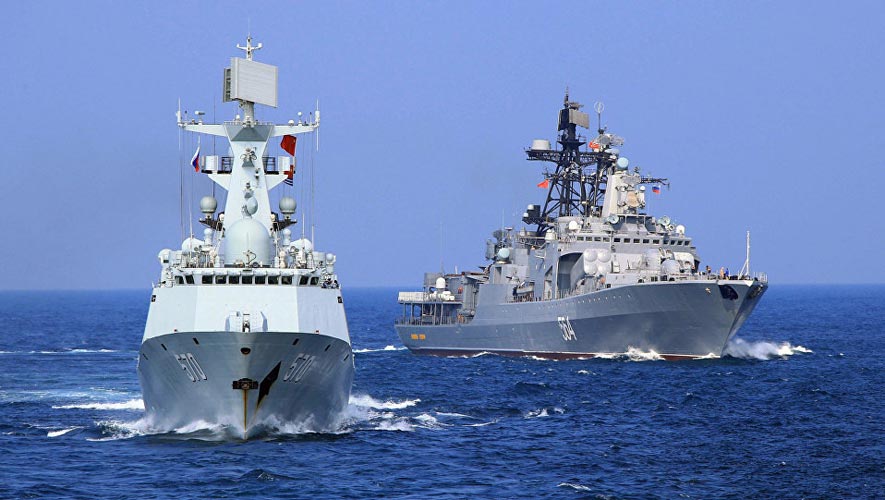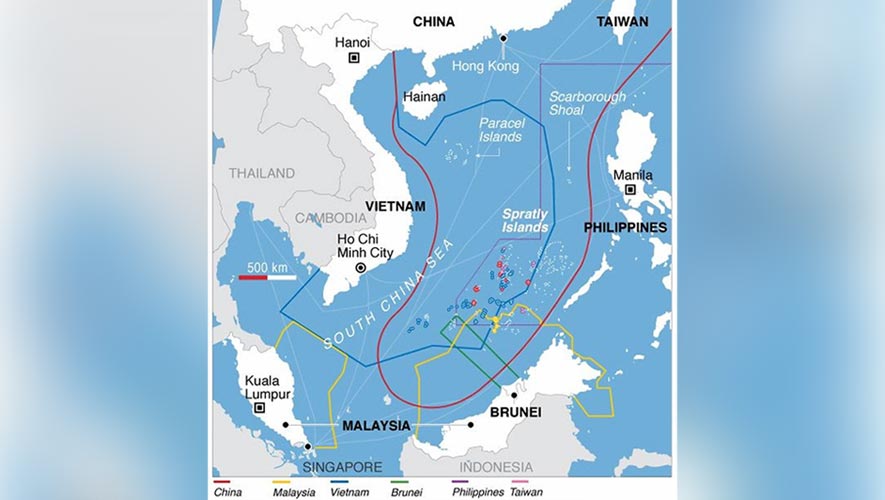The rising influence of China in the region is a matter of contention, perhaps a joint effort between US and its allies can reduce the hold
For the latest Cambodian Business news, visit Khmer Times Business
The US under President Obama began its Asian pivot, a strategy aimed at re-balancing its Asian strategy to rebuild its influence in the region as the administration had largely focussed on the Middle East and Europe previously.
The administration then forged an economic alliance with several countries in the Southeast Asia region through the Trans-Pacific Partnership Agreement (TPP). Following President Donald Trump’s ascent to power, he ended the US deal with the TPP.
Trump backpedalled on his predecessors’ policy that left a void in the region with the absence of US leadership, a role quickly filled by rising superpower China that asserted its presence.
Beijing knows that its rise as the dominant power in Southeast Asia means it is likely to face fewer obstacles here than any other region in Asia. The waning interest of the US in Southeast Asia has also led to the ascent of pro-Chinese sentiments in several Asean countries.
Analysts contend that many Southeast Asian countries accepted, to a certain extent, China’s hegemony in the region. Cambodia, Thailand and to a lesser extent Malaysia and Indonesia see Beijing as a pivotal partner.
China could use the influence of these countries to sway other Asean nations and make its regional dominance appear unstoppable while promoting its model of development across the board.
However, some countries feel Beijing is increasingly using assertive militarisation of regional waters and economic coercion through the Belt and Road Initiative.
For America and its allies, China is using economic tools to maximise its strategic influence in Southeast Asia by doling out deals and aid that would make the recipients vulnerable to Chinese’s demands.
While US trade relationship with Asean appears to be deteriorating, a significant number of Asean member states would want the US to shore up military co-operation to counterbalance Chinese interest in the region.
Towards this, the US-Asean maritime exercise scheduled this year could be the beginning of its attempt to deepen defence ties with Asean countries.
Aside from that, the US could prioritise its relationship with four countries in the Asean region, notably Malaysia, Indonesia, Singapore, and Vietnam. These are countries that are wary of China’s military might in the region.
But the US cannot assert itself militarily without inviting some of its natural partners to join efforts to push back China’s growing strategic importance and bring a certain balance of power over the Asean.
They could achieve this through security co-operation, weapons sales, and joint patrols but considering US quadrilateral affiliation (the US, Australia, India and Japan), it could also draft these countries in the region.
Given the fact that the Asean as a whole appears divided and that little can be done through direct negotiations with the Asean as a united entity, the US could push for negotiations with those countries.
By involving other countries in this strategy, it is likely the US could achieve its objectives in the region. But there is another hurdle for the US, that is to reconquer its past glory in the region while laying off trade disputes with countries like Indonesia.
For the US to win Asean countries over, it has to stop attacking countries on trade deficit, considering the fact that Indonesia does not abide by unfair trade practices.
If the US treads carefully on trade issues with Asean nations, and ropes in Japan – a country that has good trade ties with China – to beef up its strategy, then Washington will not feel the current isolation in the Asean.
For example, roping in Japan and the quadrilateral nations to assist in creating a well-needed balance of power in the region will be a salient point.
Japan would probably be comfortable playing a more effective role too. With its rising help in the region, it could surely shift the balance of power in the region away from China.
Sathish Govind is an ex-analyst in a think tank in Malaysia
Contributing Writer, Capital Cambodia




